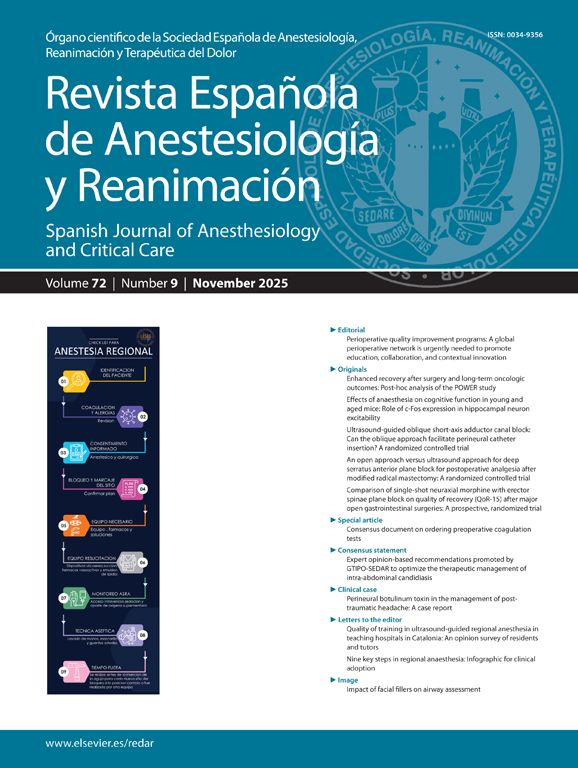To determine whether caffeine affects the respiratory rate, recovery time, and brain slow-wave (theta and delta) activity during emergence from sevoflurane anaesthesia in rats.
MethodsMale Sprague-Dawley rats (n = 16) were randomly divided into two groups: control (saline) and caffeine (75 mg/kg). After tripolar electrode implantation, rats were placed in an anaesthesia induction chamber and brain electrocorticographic wave activity was recorded. Anaesthesia was induced with 4% sevoflurane (4 L/min O2) for 5 min, and once all the rats were asleep, sevoflurane concentration was reduced to 3% (4 L/min O2) for anaesthesia maintenance. Saline or caffeine was injected intraperitoneally 10 min before discontinuing anaesthesia. After sevoflurane was stopped, the rats were removed from the chamber, and the respiratory rate, tail clamp response, and the righting reflex (full emergence) were observed and noted. The frequency and amplitude of theta and delta waves (from baseline) and the frequency of theta oscillations were calculated from ECoG recordings.
ResultsCaffeine administration increased the respiratory rate during sevoflurane anaesthesia; however, no significant difference vs controls was observed during full emergence. The time to tail clamp response and righting reflex, theta oscillations, and the frequency and amplitude of slow waves decreased with caffeine.
ConclusionsAcute administration of caffeine accelerates the emergence from sevoflurane anaesthesia by affecting the central nervous system. There is evidence that prolonged emergence from anaesthesia increases postoperative delirium, therefore intraoperative caffeine may reduce this risk.
Determinar si la cafeína afecta a la frecuencia respiratoria, el tiempo de recuperación y la actividad de las ondas lentas cerebrales (theta y delta) durante la emergencia de la anestesia con sevoflurano en ratas.
MétodosSe dividieron aleatoriamente ratas macho Sprague-Dawley (n = 16) en dos grupos: control (salino) y cafeína (75 mg/kg). Tras la implantación de un electrodo tripolar, situamos a las ratas en una cámara de inducción de la anestesia, registrándose la actividad de onda electrocorticográfica cerebral. Se indujo la anestesia con sevoflurano al 4% (4 L/min O2) durante 5 minutos y, una vez que las ratas estuvieron dormidas, se redujo la concentración de sevoflurano al 3% (4 L/min O2) para mantener la anestesia. Se inyectaron suero salino o cafeína intraperitonealmente, 10 min antes de discontinuar la anestesia. Tras finalizar el sevoflurano, se retiró a las ratas de la cámara y se observaron y anotaron la frecuencia respiratoria, la respuesta a la sujeción de la cola, el reflejo (emeregencia total). Se calcularon la frecuencia y amplitud de las ondas theta y delta (desde el valor basal) y la frecuencia de las oscilaciones theta a partir de los registros ECoG.
ResultadosLa administración de cafeína incrementó la frecuencia respiratoria durante la anestesia con sevoflurano; sin embargo, no se observaron diferencias significativas con respecto a los controles durante la emergencia total. El tiempo transcurrido hasta la respuesta a la sujeción de la cola y el reflejo, las oscilaciones theta y la frecuencia y amplitud de las ondas lentas se redujeron con la cafeína.
ConclusionesLa administración aguda de cafeína acelera la emergencia de la anestesia con sevoflurano, afectando al sistema nervioso central. Existe evidencia de que la emergencia prolongada de la anestesia incrementa el delirio postoperatorio, por lo que la cafeína intraoperatoria puede reducir este riesgo.









